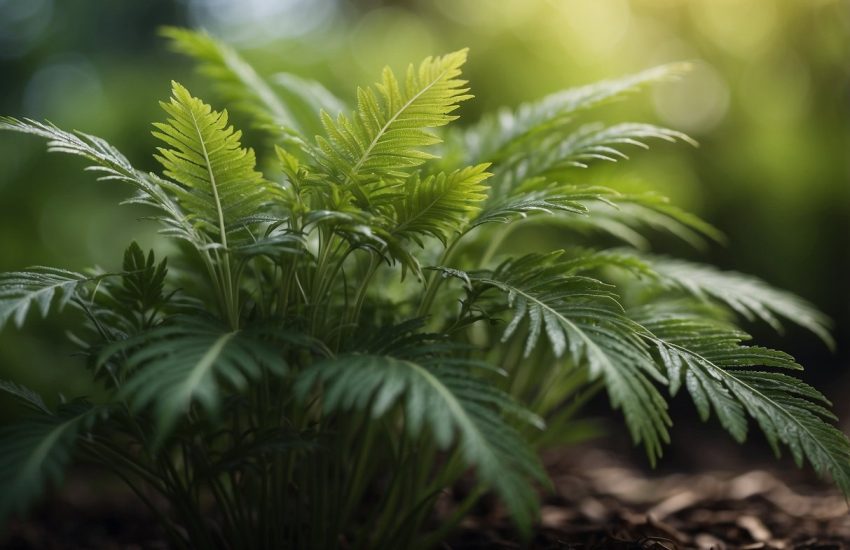Coastal Desert: Characteristics and Examples
Coastal deserts are a unique type of desert that are found along the coasts of continents. These deserts are characterized by their arid climate, which is caused by the cold ocean currents that flow along the coast. Despite their harsh conditions, many plants and animals have adapted to survive in this environment.

The arid climate of coastal deserts is caused by the lack of rainfall in the region. The cold ocean currents that flow along the coast prevent warm, moist air from reaching the land, which leads to a lack of precipitation. As a result, the land is dry and barren, with little vegetation or water sources.
Despite the harsh conditions, many plants and animals have adapted to survive in the coastal desert. Some plants have developed deep root systems to access water sources deep beneath the surface, while others have developed thick, waxy leaves to prevent water loss. Animals in the coastal desert have also adapted to the lack of water and food sources, with some species able to go for long periods without drinking water. Overall, the unique climate and adaptations of the coastal desert make it an interesting and important ecosystem to study.
Physical Characteristics

Coastal deserts are unique ecosystems characterized by their proximity to the ocean and their arid climate. They are found along the western edges of continents, including the Namib and Atacama deserts. These deserts are some of the oldest and most stable in the world, with landscapes that include canyons, plateaus, and gravel plains.
Climate and Weather Patterns
Coastal deserts are known for their dry and cold climate, with annual temperatures ranging from 10-25°C. Despite their proximity to the ocean, these deserts receive very little rainfall, making them some of the driest regions on earth. The Atacama desert, for example, is considered the driest non-polar desert in the world, with some areas receiving no rainfall for decades.
One of the unique weather patterns associated with coastal deserts is fog. The Namib desert, for example, experiences a thick coastal fog that provides moisture to the plants and animals that call this desert home. However, this fog can also contribute to the low humidity levels that are characteristic of coastal deserts.
Geography and Geology
Coastal deserts are often characterized by their sandy landscapes and towering sand dunes. However, the interior of these deserts can also include rocky terrain, such as canyons and plateaus. The Atacama desert, for example, is known for its vast salt flats and volcanic peaks.
The geology of coastal deserts is also unique, with many of these deserts containing deposits of salt and other minerals. The Kalahari desert, for example, is known for its vast salt pans, while the Atacama desert contains some of the world’s largest copper reserves.
Overall, coastal deserts are fascinating ecosystems that are characterized by their dry, cold, and often windy climate. Despite their harsh conditions, these deserts are home to a variety of unique plants and animals that have adapted to survive in this challenging environment.
Ecology and Biodiversity

Flora and Fauna
Coastal deserts are harsh environments that pose significant challenges to plant and animal life. The African coastal desert, which stretches from Angola to Namibia and South Africa, is no exception. The region is characterized by a narrow strip of land between the Atlantic coast and the great escarpment, with the Tropic of Capricorn running through the middle.
The Benguela current, which flows northward along the coast, brings cold water and low levels of precipitation to the region. This results in a hyper-arid environment with little to no rainfall. As a result, vegetation in the area is limited to species that are adapted to survive in such conditions. These include succulents, lichens, and shrubs.
The fauna in the African coastal desert is equally adapted to the harsh environment. Endemic species such as the fennec fox and gemsbok are able to survive on very little water, while others such as seals and fish thrive in the nearby rivers and ocean. Elephants, lions, zebras, and ostriches are also found in the region, although they must adapt to the scarcity of water and vegetation.
Adaptation Strategies
Plants and animals in the African coastal desert have developed various adaptation strategies to survive in the harsh environment. For example, succulents store water in their leaves and stems, while lichens are able to absorb moisture from the air. Some animals, such as the fennec fox, are able to obtain all the water they need from the food they eat.
Dew is also an important source of water in the region. Some plants have adapted to collect dew through specialized surfaces on their leaves, while animals such as lizards are able to drink dew directly from the surface of rocks.
Overall, the flora and fauna in the African coastal desert have adapted to survive in a challenging environment with limited resources. Endemic plants and animals have developed unique strategies to cope with the hyper-arid conditions, resulting in a rich and diverse ecosystem that is uniquely adapted to the region.


